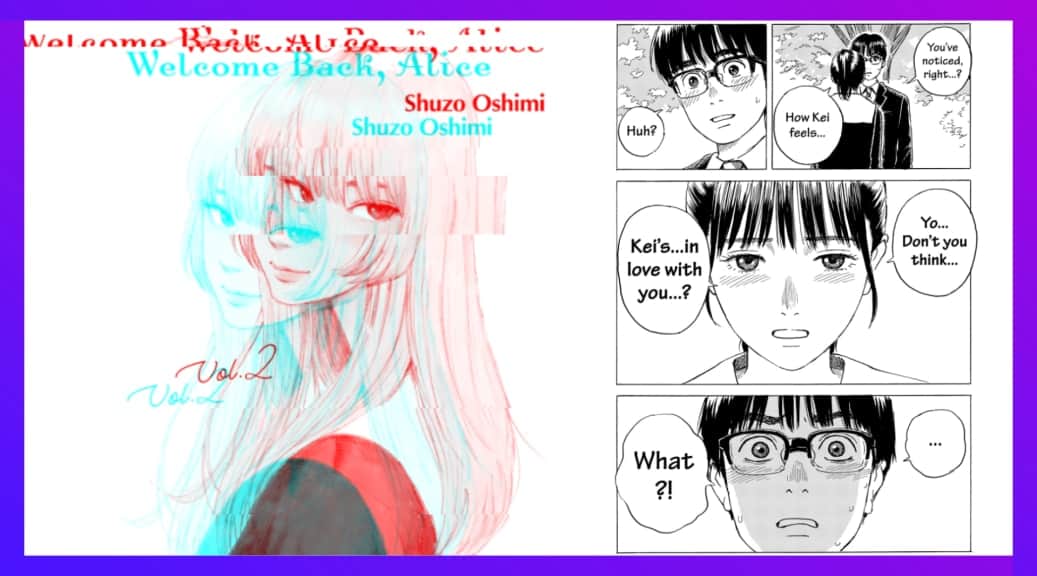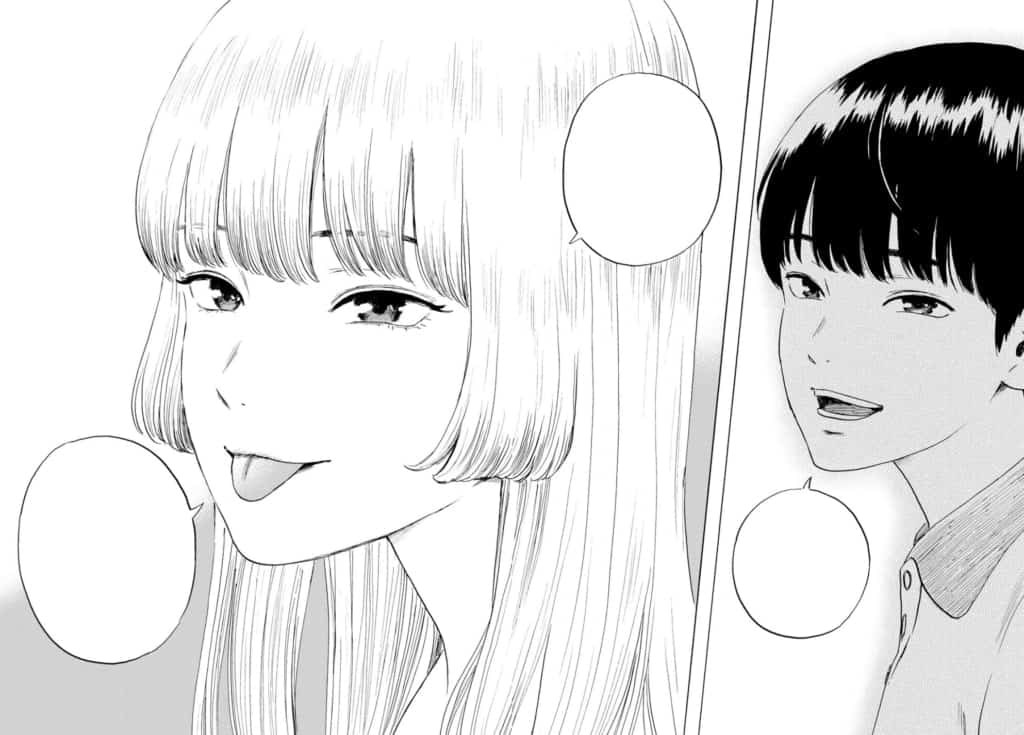Shūzō Oshimi’s ‘Welcome Back, Alice’ manga will reach its end in the upcoming issue of Kodansha’s Bessatsu Shōnen Magazine on August 9, revealed in the August issue of the magazine. The series entered its last chapters in April after its launch in April 2020. With the release of the seventh and final volume on October 6, Kodansha will complete the manga’s modern LGBTQ+ story.
The fourth volume of ‘Welcome Back, Alice’ was released by Kodansha USA Publishing on January 17, making it available for international readers.
Shūzō Oshimi, known for his works such as ‘The Flowers of Evil’ and ‘Inside Mari,’ has once again delivered a socially deep, modern-day story following the struggles of sexuality. ‘Welcome Back, Alice’ is one of the few media pieces from Japan that talk about the LGBTQ community. Each character is like a piece of the author’s mind and his views on gender, masculinity, femininity, love, and lust.
The manga will undoubtedly make you question everything you know and think about ‘love has no gender.’ According to many, this manga deserves an anime adaptation, so let’s see what the hype is all about.
Okaeri Alice: What is it About?
Japan’s manga industry is not shy of putting out manga series with very weird and strange plots, but it’s not often you see an entire light novel series or manga series surrounding LGBTQ. Shūzō Oshimi’s ‘Welcome Back, Alice’ also known as “Okaeri Alice,’ breaks this theme.
The story revolves around Yohei, Kei, and Yui, three childhood friends, who are more than happy to be together once again in high school. Two boys like one girl, a simple love triangle, right? It could’ve been simple if Kei didn’t show up looking and dressing like a girl. Now, Yohei is unsure of what to do, torn between his love for Yui and his lust for Kei.

Is “femininity” a female trait, or is it just a state of mind? Can a man be feminine? Questions like such arise quite often when you read ‘Welcome Back, Alice.’ At first, you think Kei is just a supporting character, added to give the LGBTQ community recognition, but your thoughts are immediately affected as you read more.
This manga so beautifully captures the changing dynamics between the three main characters, and it does so in a way that is so messed up, and so realistic. The characters’ imperfections, weaknesses, and vulnerabilities make them feel like real people, broken people.

The toxic and hurtful traits of their personalities are shown as coping mechanisms to deal with past traumas, much like real-life people and situations.
One of the arcs talks about Yui, who is meant to be the woman of Yo’s dreams. But, as we read more, we question whether or not she is the best suit for him. It becomes obvious that Yui would ultimately ruin Yohei’s life if they were to be together.
On the other hand, the unconventional relationship between Yo and Kei, slowly but surely becomes a potentially healthier choice for Yo. The manga leaves room for twists and turns, which we won’t talk about here.
“Okaeri Alice is a manga that treats how gender roles and expectations affect how we act and pursue love and affection of others,” We honestly couldn’t say it better. We highly recommend this manga if you’re looking for a deep moral story and some sort of eye-opener. There is no better time than now to catch up on the earlier chapters before the final volume is released.


